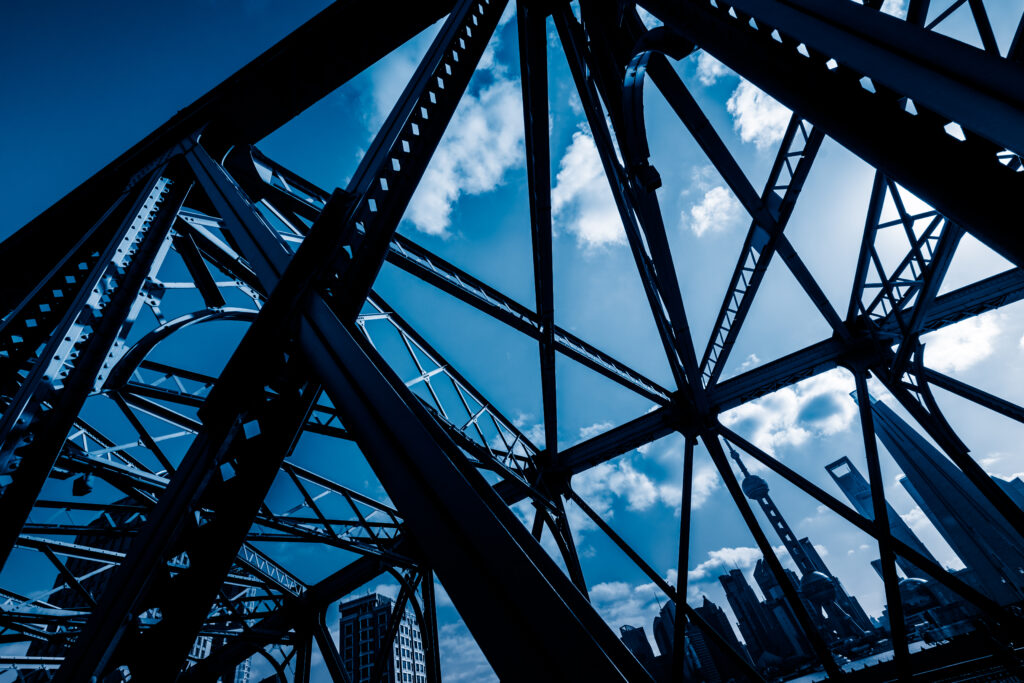Mining still hasn’t said its last word
Europe is preparing for a major shift in the mining industry – but it’s not about coal mining. This time, the search is on for deposits of rare earth elements. Silesia, both Upper and Lower Silesia, has another opportunity.
Let’s start with the facts, and they can be shocking. At the beginning of the last century, Europe accounted for about 40% of world mining production. Today, that figure has fallen to 3%. Meanwhile, China’s growing dominance in the production and supply chain of batteries and rare earth minerals is a constant threat to Europe, making us increasingly dependent on Asia. The consequences of abandoning our own continent and being completely subjugated could be unimaginable. And not just the risk of a loss of competitiveness for the European economy and the loss of critical technology and industrial innovation.[1] And let’s not forget that Poland’s Elemental Holding SA remains one of the world leaders.
Land of surprises
Meanwhile, in the Suwałki region, the National Geological Institute – National Research Institute has started searching for deposits of critical raw materials. Recall that iron ore deposits, including rare titanium and vanadium ores, were discovered there more than 60 years ago. However, there was a lack of technological capacity and political will to start exploiting them. At the same time, according to media reports, preparations are underway to search for new uranium and rare earth deposits and to verify existing ones. There is also talk of returning to deposits mined decades ago that could still be exploited with today’s technology.
We have knowledge, competence and experience incomparable to the resources and capabilities of any European country. Let’s use it. This is also an opportunity for us, for Silesia, within its historical borders. Because in this area, especially in the Sudetenland, there are many critical deposits for the future. In addition, we have the necessary scientific background, which can not only verify information about already known deposits, but also, thanks to advances in technology, point out new promising areas of precious minerals. It can also help us find deeper and harder-to-reach copper deposits in already exploited areas. The Polish mining industry has not yet spoken its last word.
It is easy to find information in the trade press that the construction of a single 1 MW offshore wind farm requires 8,000 kg of copper, 240 kg of nickel, 790 kg of manganese, 525 kg of chromium, 109 kg of molybdenum, 5,500 kg of zinc and 239 kg of rare earth metals. Every kilogram we mine in Poland will reduce our dependence on imports and immunize our economy against administrative barriers imposed by some countries on access to raw materials.
The National Geological Institute reports that in addition to copper, Poland has reserves of nickel (Lower Silesia), tin (Sudetenland), molybdenum (Upper Silesia), and zinc (projected in the Silesia-Cracow region). And further exploration has just begun.
The outlook for 2024 is a topic to which we will systematically return. In future articles, we will write about AI in industry and the opportunities and threats posed by robotization and automation. We will lean into the economic consequences of war, as well as the industrial strategy of the defense sector in the EU and its possible implications for Poland.
[1] https://www.euronews.com/business/2024/03/12/heres-why-europe-needs-to-revive-its-mining-sector, access: 18.03.2024.




